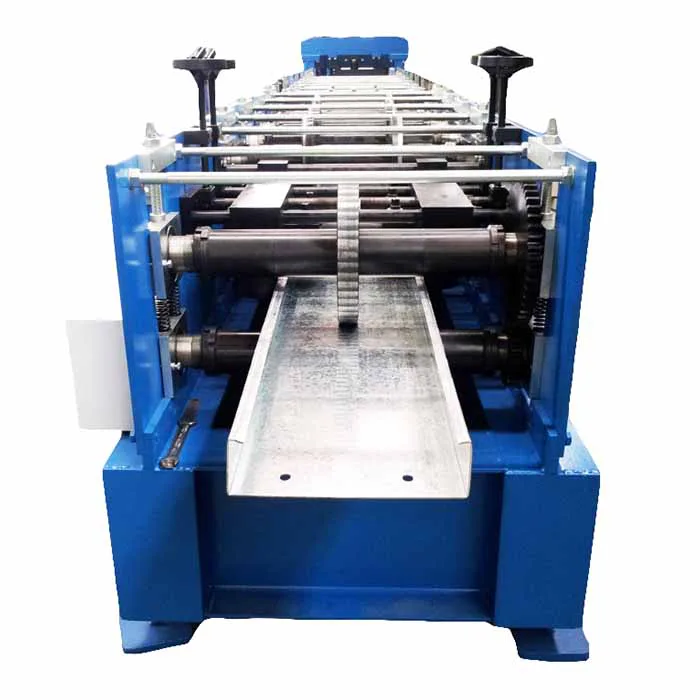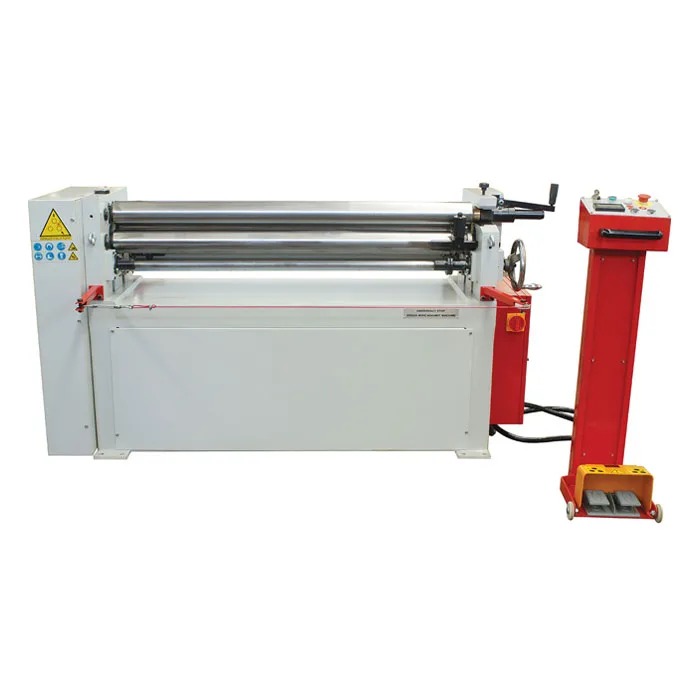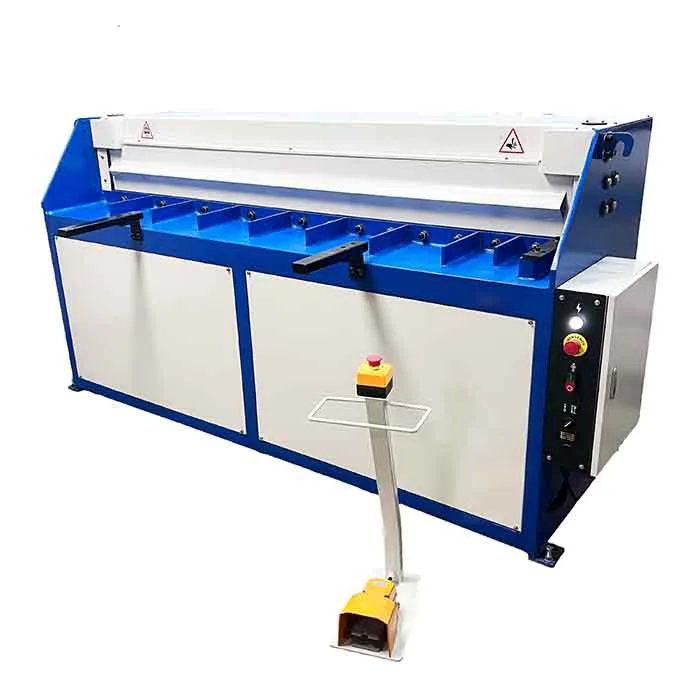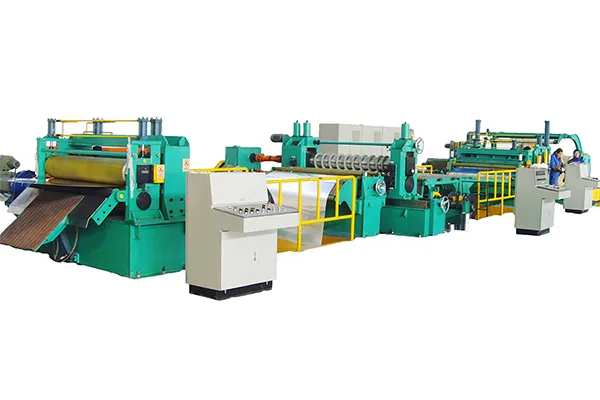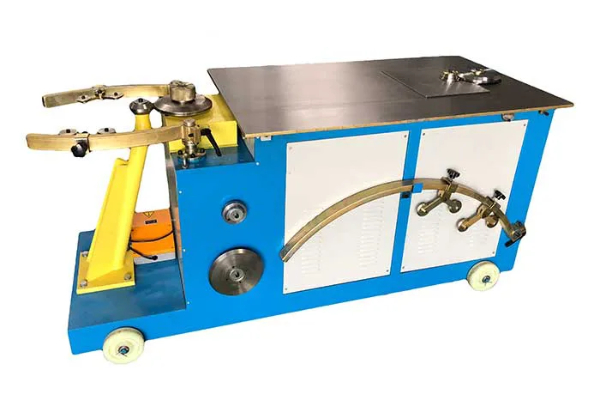
Trends in Sheet Forming Machine Design and Automation
- By:Metmac
- 2024-07-02
- 187
Sheet forming machines are essential equipment in various industries, including automotive, aerospace, and construction. The design and automation of these machines have undergone significant advancements in recent years, driven by the need for increased productivity, precision, and efficiency. This article explores the latest trends in sheet forming machine design and automation.
Lightweight Construction with Advanced Materials
Modern sheet forming machines are increasingly constructed from lightweight materials such as aluminum and carbon fiber composites. These materials offer several advantages, including reduced weight, increased strength-to-weight ratio, and improved corrosion resistance. Lightweight construction enables faster machine movements, reduces energy consumption, and extends machine life.
Integrated Automation for Enhanced Productivity
Automation plays a crucial role in optimizing sheet forming operations. Advanced CNC (Computer Numerical Control) systems are integrated into machines, providing precise control over machine functions such as feeding, bending, and punching. Robotics is also employed for automated material handling, reducing labor requirements and increasing throughput.
Connected Machines for Remote Monitoring
Connectivity is becoming increasingly common in sheet forming machines. IoT (Internet of Things) devices are embedded in machines, allowing for real-time monitoring of machine performance and diagnostics. Remote maintenance and support are facilitated, reducing downtime and improving machine utilization.
Artificial Intelligence for Process Optimization
Artificial Intelligence (AI) is making its way into sheet forming machines. AI algorithms can analyze production data, identify patterns, and optimize machine settings. This enables machines to adjust parameters automatically based on material properties and process requirements, resulting in improved part quality, reduced waste, and increased efficiency.
Simulation and Modeling for Advanced Process Design
Computer-aided engineering (CAE) tools are extensively used in sheet forming machine design. Finite Element Analysis (FEA) simulations provide insights into material behavior and machine performance. This enables engineers to optimize machine design, reduce prototyping cycles, and ensure the production of high-quality parts.
Conclusion
The trends in sheet forming machine design and automation are focused on improving productivity, precision, and efficiency. Lightweight construction, integrated automation, connected machines, AI-based process optimization, and simulation tools are shaping the future of this industry. These advancements are transforming the way sheet forming operations are conducted, leading to increased competitiveness and innovation in manufacturing.
-
Metal Sheet Forming Machine: The Engine of Modern Fabrication and the METMAC Standard
2025/12/30 -
Laser Cutting Machine for Steel Plate: Precision Redefined for Modern Fabrication
2025/12/30 -
Metal Curving Machine: Shaping Strength with Precision and the Art of METMAC Engineering
2025/12/30 -
Shear Metal Cutting Machine: Precision, Power, and the METMAC Standard
2025/12/30
-
Advanced Sheet Metal Rolling, Laser Cutting, and Folding Machines for Precision Fabrication
2025/10/31 -
High-Performance Sheet Metal Bending and Cutting Machines for Modern Fabrication
2025/10/31 -
High-Quality Sheet Metal Equipment for Sale: Efficient Solutions for Modern Manufacturing
2025/10/31 -
High-Performance Sheet Metal Equipment for Sale: Forming and Shearing Solutions for Modern Fabrication
2025/10/22
-
A Guide to the Latest Innovations in Sheet Metal Folding Machines
2024/11/29 -
Key Features to Consider When Investing in a Sheet Metal Folding Machine
2024/11/28 -
Enhancing Precision with Advanced Sheet Metal Folding Machines
2024/11/27 -
How to Choose the Right Sheet Metal Folding Machine for Your Workshop
2024/11/26
